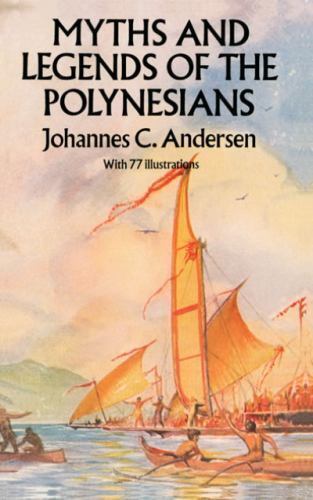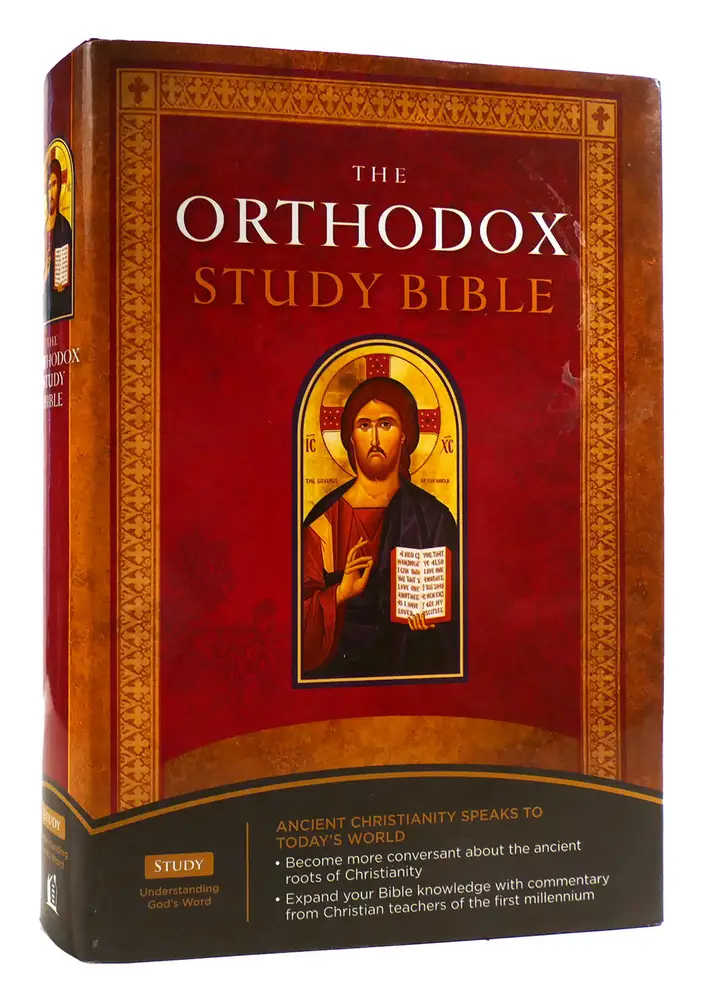If you have not bathed your imagination in the tales of the Polynesian People, you have let much pass over you like a wave. The watery world of these nut-brown people possessed a culture like that of no one on earth. Through the husks of coconut fiber up through the colors of the rainbow, the creation of their world was carefully engrafted by myths and oral traditions that are still told on every tropical island of their claim. From the Maori of New Zealand to the Hawaiians of the north pacific, and down to the mists of Easter Island, the myths were spun from the foam and waves of the mystical ocean that surrounded their entire existence. While the varieties of Polynesian cultures have distinct but related accounts of creation, heroism, and death, many of the versions of these tales have been retold with flavors of the culture responsible for expression of the stories themselves of recounting the ancient traditions as a whole.
It is to be carefully observed that the rainbow and coconut have a deep and equidistant influence on Polynesian culture and creation that is used as a sculptured paradigm throughout this work. Ethnologist and author, Johannes C. Andersen, creates a dazzling and colorful co-existence, through enticing prose, of the myths, religious observances, accounts of creation, life and death of the aboriginal peoples of the Pacific. He commences his account with the customs and geography of the island people, their influence on one another, and the impression and impact they made when contact was injected with the Europeans.
As the myths of creation are introduced, the reader gathers a naturalist impression of the natives of this region and the seriousness and obsession they possessed about death and the afterlife, as well as the beginning of time and creation of the world. It is an honest estimation in my view that Mr. Andersen dates these traditions of myths as far back as a few thousand years; with the many migratory invasions throughout the Polynesian Islands, the traditions, like other ancient peoples, were preserved orally. This is especially accurate to convey on the creation myths. To engage the reader fully, it is replete with impressive, though not in color, illustrations of Polynesian culture, clothing, and sculpture pieces. The selection of myth is impressive. To the stone giant statues of Easter Island, to the Hawaiian Volcano gods and the creation tales of ‘Io’, the Maori chief god of creation, this book presents a theatrical clash of cultural intervention and systematic customization of myth and ancient culture. To further illustrate this suggestion, consider the story of ‘Pele’ the Hawaiian volcano goddess.
“Pele, stamping her foot on the ground, aroused the cause of a great earthquake which rent the hill asunder. She called, and liquid fire and lava arose; and, assuming her supernatural form, with these irresistible ministers of vengeance she followed down the hill. When Kahawali reached the bottom he arose, and on looking up the hill he saw Pele, accompanied by thunder and lightning. Earthquake, and streams of burning, streaming lava, closely pursuing him. He took up his broad spear and fled for his life; Pele pursued him by riding on a wave of lava.”

My greatest impression of these myths, much to my liking of Native American culture, is the delicious imagery of nature and wonder. It is intriguing to my intellect, two magnificent and extraordinary races of people, who had no contact with one another that is known, could be in possession of such a profound preservation of the mystery of nature and implement this directly into their way of life and harmonics. As this odyssey of ocean wonder is captured and tamed on the land, one can joyously appreciate the amalgamation and coronation of human experience through this refulgent presentation of human endeavor. Much like ancient Greek myth, there are also tales of adultery, betrayal, war, violence, and most other struggles and triumphs of a people who cultivated a tapestry of timeless elegance of their existence. The wateriest portion of the globe is replete with tales of fire and thunder goddesses, valorous warriors, gorgeous maidens, and a handful of ‘creator’ gods who all go by different names, albeit attached to an identical purpose. There is also a pleasant obsession with the preservation of the earth and human life. Polynesian culture and religious belief swims with earth, sky, water, and appreciation with a gift from the gods who ruled their islands and villages. The stone statues of Easter Island is the most zealous and mystical display in Polynesia.
The monolithic human figures that cover the island have remarkable legends attached to them; some have suggested that they are physical representations of the gods themselves, while others have favored them as being physical symbols of leadership status on the island and still occupy a title of reverence. In any event, it is not known how these statues got there or how they were carved; for instance, some of the monoliths have hats of solid stone fitted on the tops of their heads and providing no explanation on the technique imposed for the task. With these physical attributes to the testament of their culture, the ancient Polynesians further demonstrate their understanding of the world in which they found themselves prospering in.
Mr. Andersen makes the well-deserved comparison of these islanders to the ancient Mayans, who, like the Polynesians, possessed extraordinary navigation skills and astronomy calculations. This is another ornate example of two fantastic cultures who had no contact with one another, but demonstrated a frighteningly similarity of interest in the physical and pre-scientific worlds they found themselves in.
The greatest asset of this book, in my view, is the cross-clash of culture between the ‘so-many’ races of Polynesian beings, languages, religions, and customs of the oceanic peoples of our planet. It is in the interest of the reader, however, to bear in mind that this is one of many oceanic cultures that existed and continues to exist in the Pacific region of the world. This collection of work is just a sample of the indigenous people who persevere to inhabit the wateriest part of our globe. It is to be made known that their integrity and anthropology continues to fascinate the most creative and illustrious areas of our own cultures and way of thinking. The Polynesians are not strangers to art, science, navigation, or commerce; on the contrary, their influence and way of life is still observed and practiced. This particular work is a crowning example of that accomplishment.

© 2024, Mark Grago. All rights reserved.




